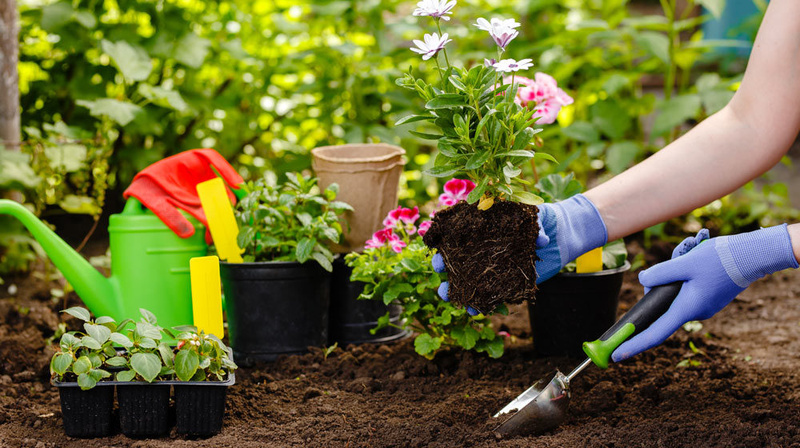
8 Ways to Prep Landscapes for Spring
Spring arrives this month. Are you ready? Prepare for the new landscaping season by servicing your lawn equipment, inspecting your irrigation system, weeding, laying new mulch, pruning ornamentals, and caring for turfgrass by dethatching and applying a pre-emergent herbicide.
1: TuneUp Landscaping Equipment
Don’t wait until your lawn needs its first mowing to check your equipment. Perform a thorough inspection of everything you plan to use, including mowers, blowers, weed-whackers, and edgers. As needed, change oil and air filters, sharpen blades, and replace string-trimmer line. If anything needs professional servicing, take it in now before shops get inundated with repair orders.
2: Inspect Sprinklers
After looking over your lawn care equipment, see how the sprinkler system is running. Turn it on to check for clogged, damaged, or misaligned heads. These are often easy to fix, but if neglected can leave large areas of lawn without adequate irrigation. Check the timer, run schedule, valves, and control box to ensure the system will be delivering exactly what your lawn needs.
3: Dethatch the Lawn
While you’re walking the lawn checking the sprinkler system, take note of the amount of thatch in the grass. Thatch is the layer of dead organic material that settles between the grass and the soil. It collects naturally, but a layer 1/2 inch or thicker starves the soil of the water and air it needs. Spongy sections of grass indicate a lawn that should be dethatched. Your mower will sink into these spongy areas and scalp the grass instead of providing a uniform cut across the lawn.
4: Purchase a Pre-Emergent Herbicide
To control resistant summer weeds before they entrench themselves, purchase and apply a pre-emergent herbicide. These herbicides must be applied before hot summer temperatures set in, and that time is quickly approaching. Find the right product for your lawn now.
5: Weed Beds and Remove Winter Debris
Winter months take their toll on flower beds. Prepare your beds for Step 6 (new mulch) by getting out and cleaning them up. Start by removing twigs, branches, and large piles of leaves. Carefully pull weeds up by their roots to keep them from returning, or spray weed killer and come back in a day or two to remove them.
6: Lay Fresh Mulch
Mulch doesn’t last forever; it needs to be replaced after it fades and begins decomposing. With newly weeded beds, you can now freshen up the mulch before the blazing sun returns in full force. Mulch helps to retain moisture in the soil, which your plants will need as we move into summer.
7: Redistribute Perennials
Over time, your perennials may spread beyond the boundaries you envisioned when you planted them. This spring, walk through your yard and identify those perennials that need to be attended to. You may need to divide and replant them (or gift them to another home landscaper!) to maintain the aesthetics and health of your landscape.
8: Trim Ornamental Grasses
Both small and large ornamental grasses will have spring growth coming soon. If you haven’t done so already, prune your grasses down to under one foot. Small ornamentals can also be trimmed neatly. Caring for your plants in this way encourages that new and healthy growth.